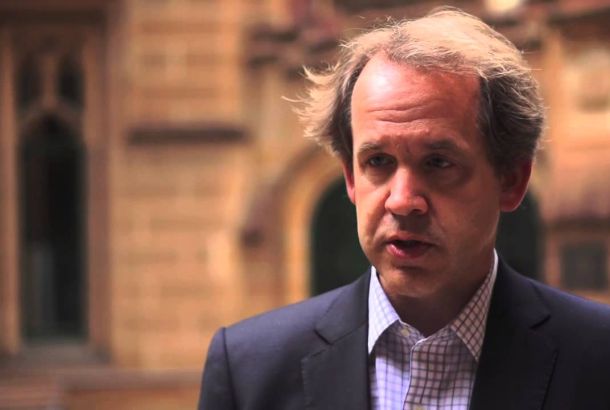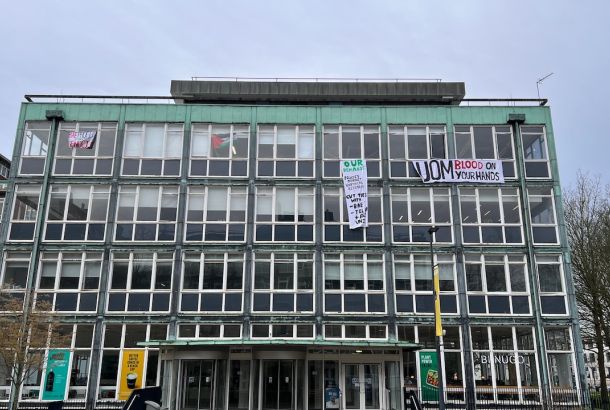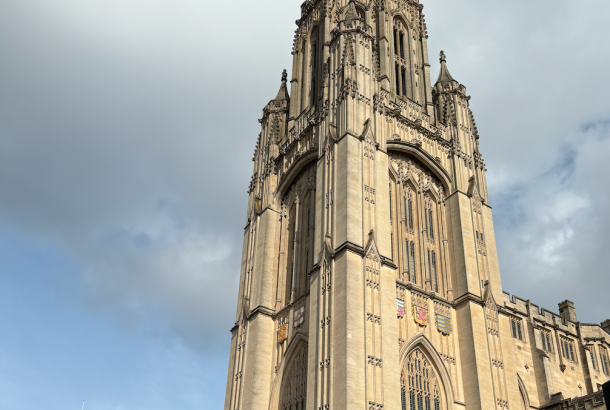Manchester takes in £47m as universities announce record £1.8 billion surplus
By Paul Scott
In 2015, universities across England gathered a collective surplus of £1.8 billion, which has largely been attributed to the rise in tuition fees in the 2012/2013 academic year.
The highest ever surplus figure published by the Higher Education Statistics Agency for 2014/2015—up £0.7 billion from the previous year—preceded a record number of successful university applications in August last year. Over 400,000 students were accepted onto higher education courses starting in Autumn 2015 after the government lifted a cap on university places.
However, while overall university enrollment is on the increase and universities are enjoying record surpluses, part-time and mature student applications are down. As news of the record £1.8 billion sum was announced, the Open University declared a deficit of £7 million as well as falling applications.
As a largely “distance learning” institution, the Open University is primarily used by those unable to attend university full-time—often by those already in employment or with families. Despite being a non-taught university, where degree programmes are studied for solely using academic materials and resources, students still incur a payment of £1,393 per module.
The Open University prides itself on its accessibility and their “mission,” according to their website, is to “promote educational opportunity and social justice by providing high-quality university education to all who wish to realise their ambitions and fulfill their potential… We are committed to promoting equal opportunities for all.”
The drop in numbers will certainly be cause for concern for the Open University and for proponents of equal access to higher education.
Conversely, like many English universities, the University of Manchester has seen an increase in student numbers and currently has the highest student population in the UK, with a total of 37,925 enrolled.
However it is Oxford University that tops the surplus table, registering a considerable £191 million; Imperial College London also gathered a healthy surplus, with £143 million; Liverpool behind them, posting £65 million and the University of Manchester retained a surplus for 2014/15 of £46.9m (4.6 per cent of income) according to a university spokesman.
A University of Manchester spokesperson added: “Our surplus is used for investment in the University, such as funding our capital investment in new facilities. Until a few years ago we used to receive formula capital funding from the Higher Education Funding Council of around £30/35m per annum, however this is no longer the case, so universities need to generate surpluses to fill this gap.”
Development works are well underway in Manchester, as the university sets out to transform the campus through its “£1 billion Campus Masterplan.” Recently the university outlined plans to revamp its Oxford Road campus by creating “a parkland at the heart of campus to benefit staff, students, visitors and the local community“.
While universities like Manchester say they’ll be able to invest in new facilities, more widely accessible institutions like the Open University are struggling to even break even. The university being £7 million in the red attests to the precarious future of part-time and adult higher education in the UK, while mainstream universities reap great financial rewards.







